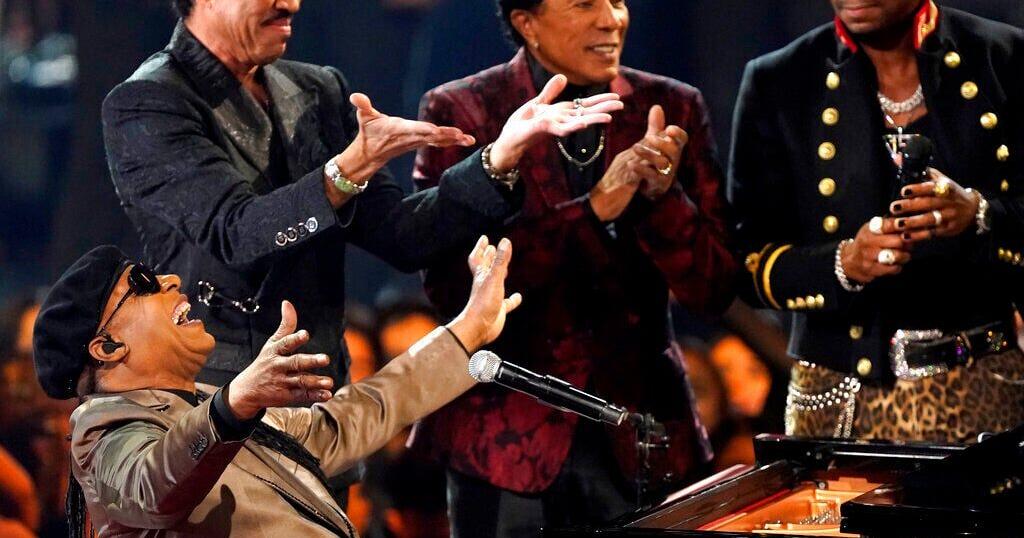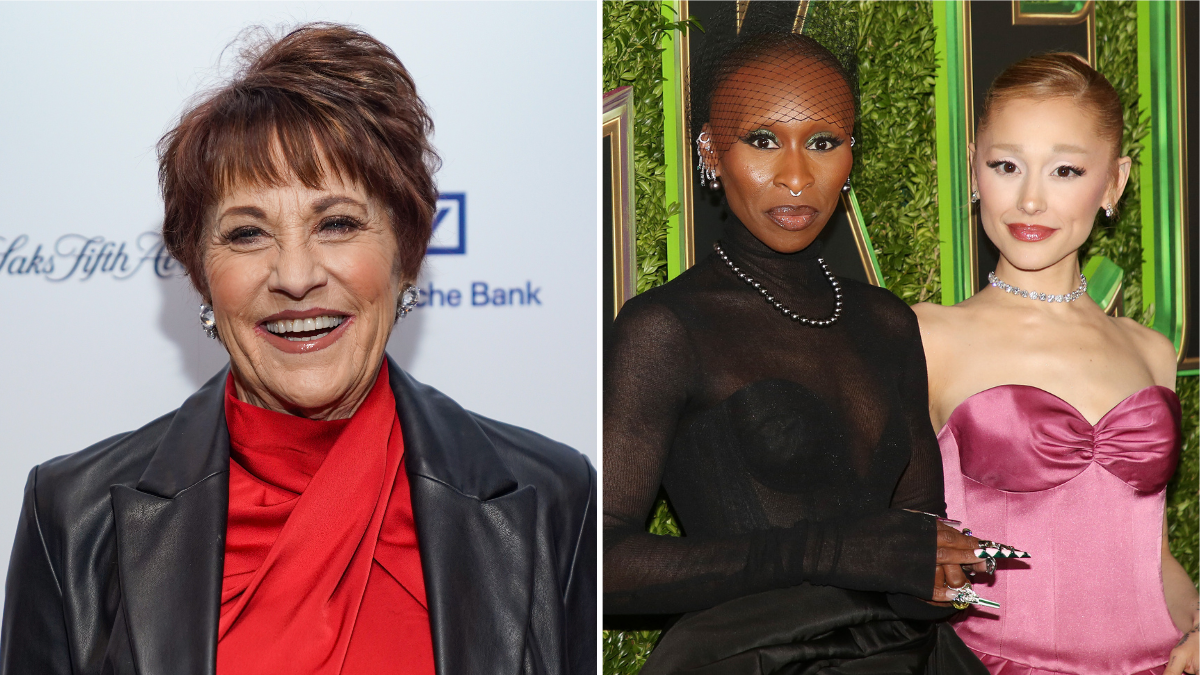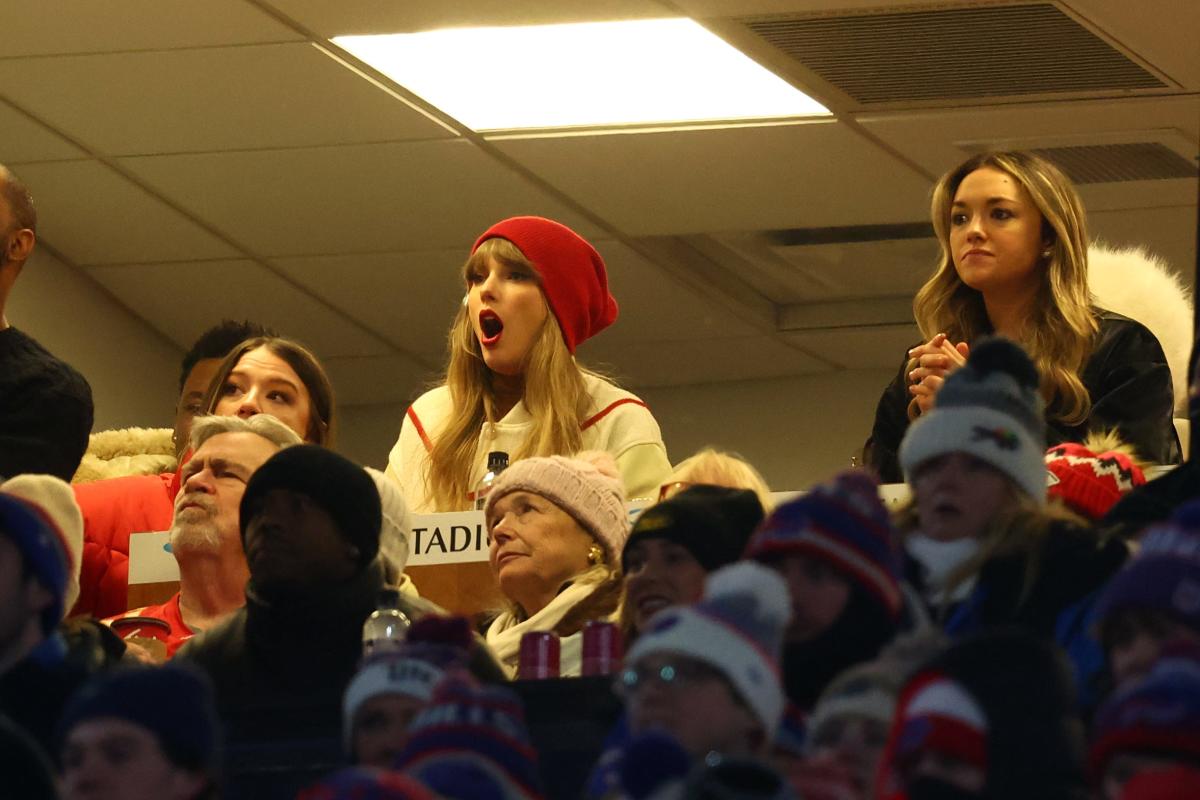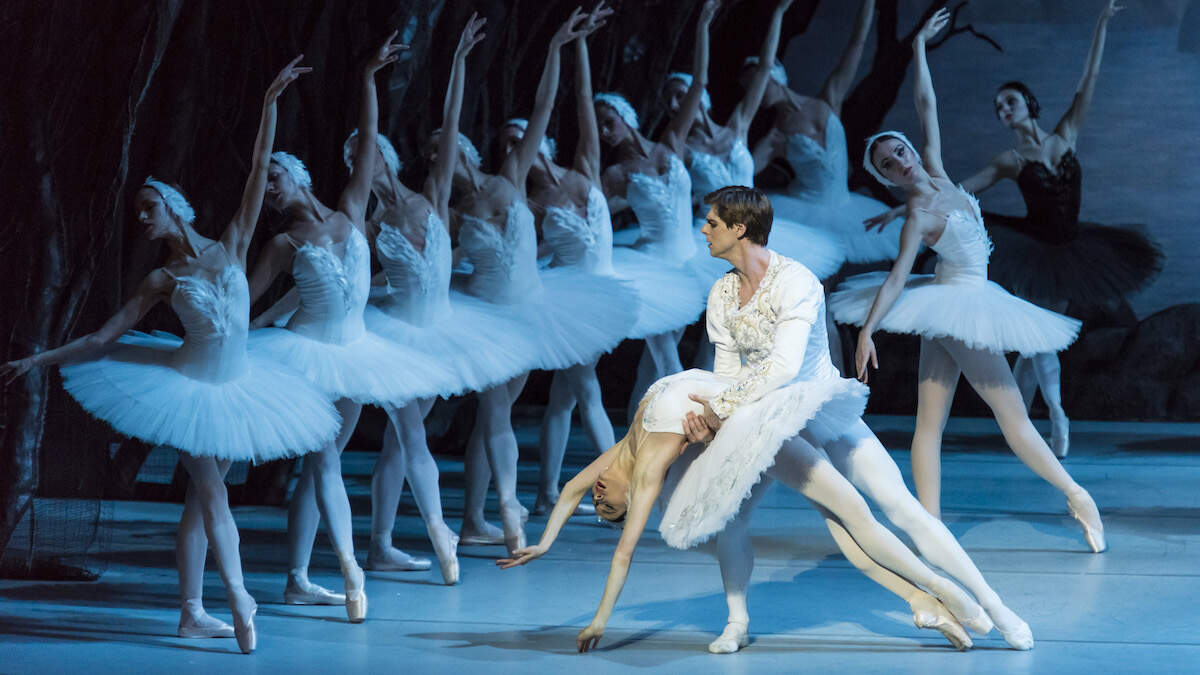I’m not a celebrity gazer. Not a Swiftie. Never read People magazine, and even ridiculed my little sister when she obsessed over teen magazines like Tiger Beat that in our day seemed to feature David Cassidy and Donny Osmond on every other cover.
Still, I couldn’t take my eyes off the new Netflix documentary that relives that night in 1985 when 46 of that era’s biggest music stars ditched a Hollywood awards show after-party to answer an invitation to lend their voices to a song that might help poor people an ocean away. “The Greatest Night in Pop” debuted at this year’s Sundance Film Festival and dropped on Netflix on Jan. 29.
I’m old enough to remember that song, “We Are the World.” If you had a heartbeat in the 1980s and a boom box or a car radio, chances are you remember it, too. What I didn’t know until watching this documentary was so much of what went into making it happen.
People are also reading…
My fascination wasn’t about oohing and aahing at images of Michael Jackson, Lionel Richie, Cyndi Lauper and Billy Joel rubbing shoulders — literally — with Bruce Springsteen, Bette Midler and Huey Lewis in that one night’s all-nighter at an LA recording studio. The more I found myself smiling like a teenage girl gushing over a Tiger Beat magazine, the more I realized there were deeper reasons for my high-endorphin fascination:
Yeah, just like us, in 1985 or in some other era of our lives. Bruce looks like an innocent boy. Bob Dylan is still scowling, but his fuzzy hair is still dark black. Tina Turner and Dionne Warwick and Ray Charles are, well, there, when, sadly, they no longer are today.
Seeing and remembering them all as so young and giving thanks that so many of them — of us — are still here to carry our energy and one another into older age can’t help but make you smile.
They pulled this off in one night.
They didn’t have to do this. They volunteered their time. They were paid nothing. The profits from “We Are the World” went to famine relief in Ethiopia, and to date, more than $160 million from this one recording has gone to global famines that, tragically, did not disappear with the 1980s.
The film is a 90-minute close-up of creativity in action.
If you’ve ever worked with others on a high school musical. Or collaborated alongside a newsroom of reporters and editors to put out that day’s edition. Or huddled in the end zone, or on the baseball diamond, or in some other team arena to try and win the game, (all of which I’ve done), you’ll marvel here at the miracle that so many of Hollywood and Motown’s elite showed up at almost midnight and stuck it out till dawn when most had little idea just what they were in for or there to do.
“Check your ego at the door,” said the hand-scribbled sign that Quincy Jones insisted greet the stars upon their arrivals.
And for the most part, they did.
Some sang solos. Some sang only with the chorus. Some had never met the other superstars, only admired them from afar or competed against them for pop chart dominance. So, on that night in 1985, they met, shook hands, hugged or awkwardly smiled — as one reviewer wrote, some like teenage boys at a high school dance.
It’s rare in this day of carefully crafted branding and Photoshopped glamour that we get to see superstars — or allow even ourselves to be seen? — as vulnerable and downright “human.”
And though those 46 pop stars knew very well that the cameras were rolling, and the microphones were on, what they did that night in 1985 still speaks to the best of what’s possible in our humanness: Help someone else. Even strangers.
Perhaps today’s stars of pop will align to cut a new version of “We Are the World.” Or may I suggest another silly love song that still has staying power: “What the World Needs Now…”





